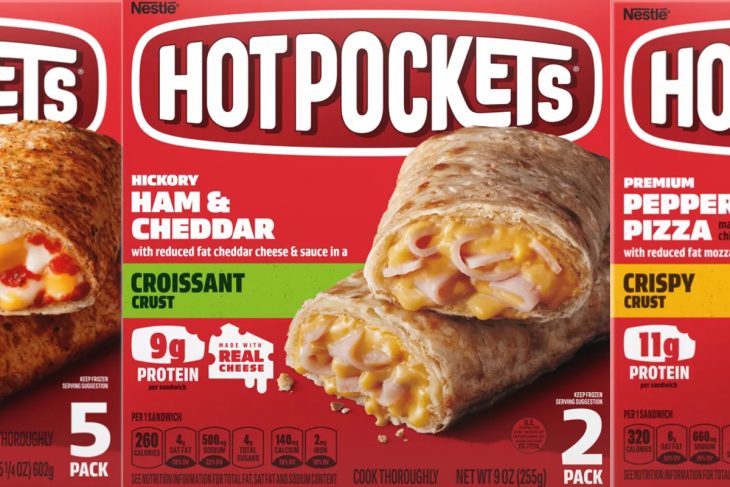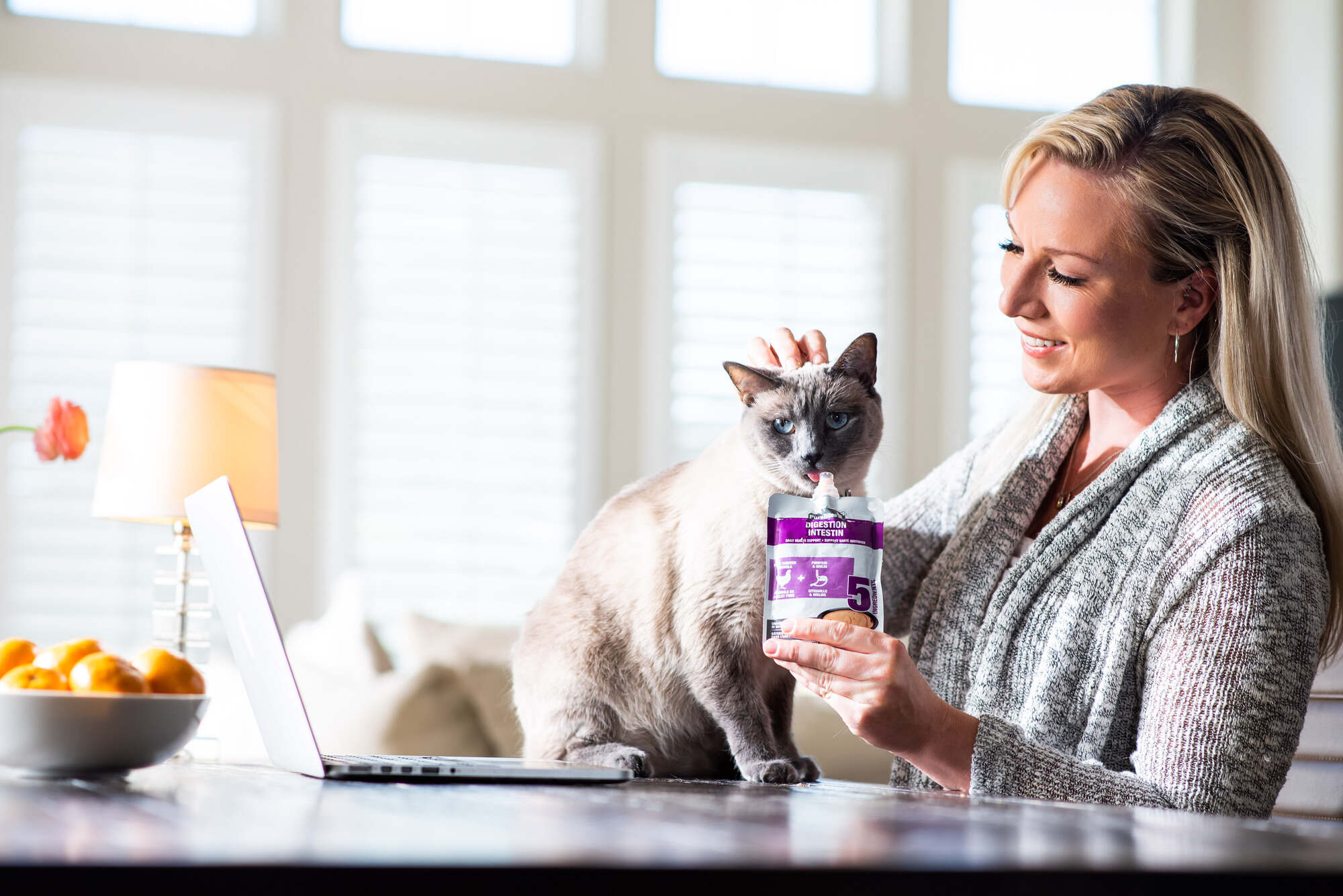
Hot Pockets has probably been a part of your life since childhood. Whether it was for lunch boxes or after-school snacks, these amazing morsels were always there to cure pesky hunger pangs. Well friends, we’ve got some exciting news – Hot Pockets now come in a wide variety of flavors and are packed with the nutritional goodness that our bodies need! So grab a few from the freezer (or make them from scratch!) and join us as we dive into 15 hot pockets nutrition facts that might just make you scream for joy!
Caloric Content
A typical Hot Pocket contains about 300 to 600 calories, depending on the variety, making them a substantial snack or a modest meal.
Protein Power
Each serving packs a protein punch, with 10 to 15 grams, largely thanks to reduced fat mozzarella cheese and mechanically separated chicken.
Fat Facts
The fat content ranges from 12 to 25 grams per serving, with sources including fractionated palm oil and soybean oil.
Sodium Surge
Hot Pockets are high in sodium, offering over 700 mg per serving, which is a considerable portion of the recommended daily value.
Carbohydrate Count
Expect 35 to 45 grams of carbohydrates in each pocket, courtesy of bleached wheat flour and modified food starch.
Fiber Findings
Fiber is found in smaller quantities, typically 1 to 3 grams, derived from the wheat flour used in the crust.
Sugar Specs
Sugar content is relatively minimal, under 5 grams per serving, but varies with different flavors and ingredients like tomato paste.
Cholesterol Content
Cholesterol levels can reach up to 40 mg per Hot Pocket, contributed by dairy products and egg whites.
Vitamin and Mineral Mention
While not a significant source, some varieties are fortified with Vitamin C, Vitamin D, and calcium sulfate to enhance nutritional value.
Trans Fat Transparency
Many varieties boast 0 grams of trans fat, aligning with healthier eating trends and food safety standards.
Dough Details
The dough is made from ingredients enriched flour, including bleached wheat flour, malted barley flour, and a dough conditioner blend that includes soy flour and folic acid.
Cheese Choices
Both reduced fat and regular mozzarella cheese are used, affecting the overall fat and calorie count.
Flavor Factors
Flavor is enhanced with garlic powder, tomato powder, and natural flavor, contributing to the distinct taste profile without significantly altering nutritional content.
Cooking Considerations
Following the cooking instructions carefully, especially the recommendation to use a baking sheet, can affect the texture and possibly the nutritional outcome.
Nutritional Advice
For the most accurate nutrition, always check the package labeling closely, as formulations can change. Remember, Hot Pockets should be a part of a varied and balanced daily diet.
Final Word
While Hot Pockets offer convenience and taste, understanding their nutritional makeup can help you make informed decisions about incorporating them into your diet.
Was this page helpful?
Our commitment to delivering trustworthy and engaging content is at the heart of what we do. Each fact on our site is contributed by real users like you, bringing a wealth of diverse insights and information. To ensure the highest standards of accuracy and reliability, our dedicated editors meticulously review each submission. This process guarantees that the facts we share are not only fascinating but also credible. Trust in our commitment to quality and authenticity as you explore and learn with us.


